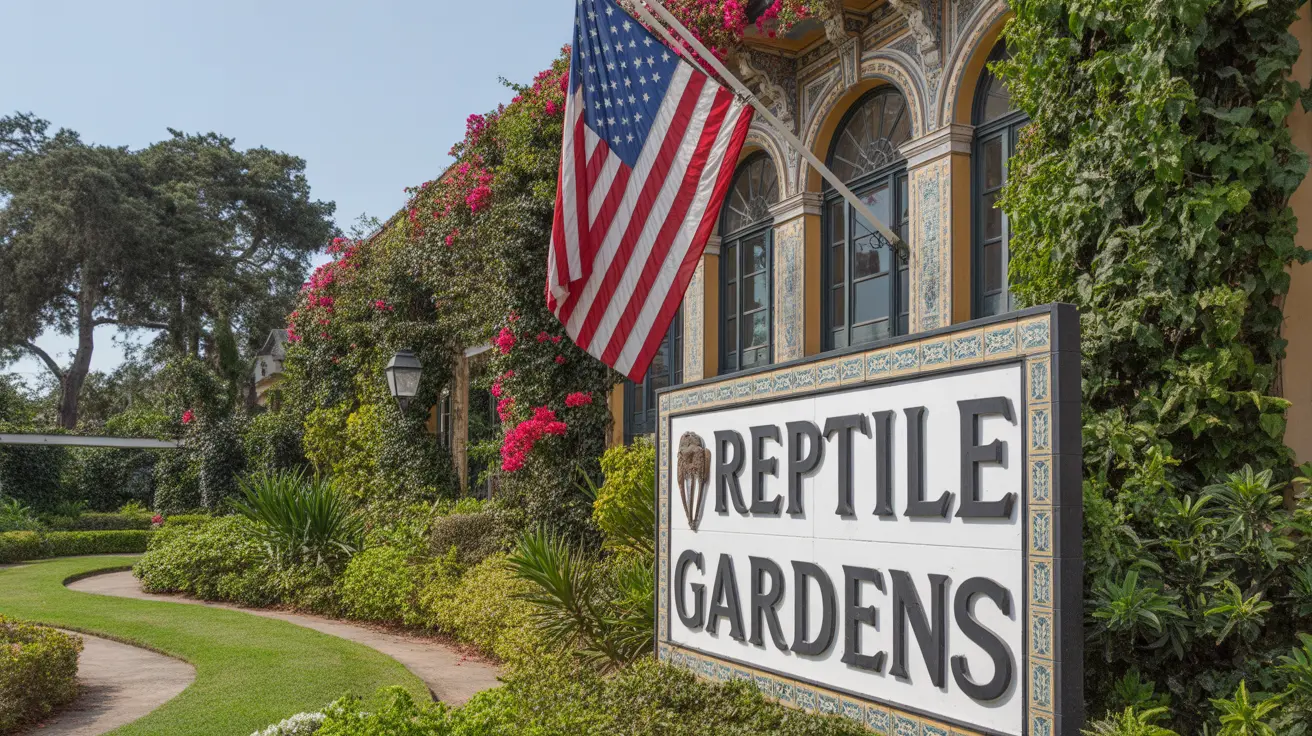A devastating fire broke out at Reptile Gardens in the early morning hours, resulting in the tragic loss of several animals. While the Reptile Gardens fire did not damage any public spaces, the incident highlights the critical importance of fire safety measures in zoological facilities that house vulnerable reptile populations.
The fire represents a significant concern for animal welfare advocates and underscores the unique challenges faced by facilities caring for cold-blooded animals that cannot escape dangerous situations on their own. For pet owners who keep reptiles at home, this incident serves as a sobering reminder of the fire safety considerations necessary when caring for these specialized animals.
Understanding the Reptile Gardens Incident
The fire at Reptile Gardens occurred during the early morning hours when staff and visitors were not present in the facility. Fortunately, no public areas were damaged in the blaze, which suggests the fire was contained to specific sections of the facility. However, the loss of animal lives makes this a tragic event for the reptile community and the facility's dedicated staff.
Reptile Gardens, located in Rapid City, South Dakota, is a well-known attraction that houses various species of reptiles and other animals. The facility has operated for decades, providing educational experiences and conservation efforts for visitors interested in learning about reptile species and their habitats.
Fire Safety Challenges for Reptile Facilities
Zoo fire safety presents unique challenges, particularly when it comes to protecting reptiles and other animals that cannot self-evacuate. Unlike mammals that might flee from danger, reptiles often freeze or hide when faced with threats, making them particularly vulnerable during emergencies.
Heat Sources and Fire Risks
Reptile facilities require extensive heating systems to maintain proper temperatures for cold-blooded animals. These heating elements, including heat lamps, ceramic heaters, and under-tank heating pads, can pose fire risks if not properly maintained or if electrical systems malfunction. Regular inspection and maintenance of these systems are crucial for preventing incidents.
Emergency Response Protocols
Fire prevention in zoos requires comprehensive emergency response protocols specifically designed for different types of animals. Reptile facilities must have detailed evacuation plans that account for the special needs of various species, including portable heating sources and temporary housing arrangements.
Animal Fire Safety Best Practices
For pet owners who keep reptiles at home, this Reptile Gardens fire serves as an important reminder about fire safety for reptiles. Home reptile setups often involve similar heating elements and electrical equipment that require careful attention.
Essential Safety Measures
Proper installation of heating equipment, regular electrical inspections, and the use of thermostats and surge protectors can significantly reduce fire risks. Pet owners should also have emergency plans that include portable carriers and alternative heating sources in case of evacuation.
Smoke detectors should be installed near reptile enclosures, and fire extinguishers should be easily accessible. Regular maintenance of heating equipment and electrical connections helps prevent the type of incidents that can lead to devastating losses like those experienced at Reptile Gardens.
Impact on Animal Welfare
The Reptile Gardens animal deaths highlight the vulnerability of captive reptiles during emergency situations. These incidents often prompt facilities to review and update their safety protocols, investing in improved fire suppression systems and emergency response procedures.
Professional facilities typically work with local fire departments to develop specialized response plans that consider the unique needs of reptile populations. This collaboration ensures that first responders understand the specific challenges involved in protecting these animals during emergencies.
Moving Forward After Tragedy
As Reptile Gardens works to recover from this incident, the broader reptile community will likely examine their own safety protocols. The facility's emergency response to this fire will provide valuable insights for other zoos and reptile facilities seeking to improve their own fire safety measures.
This tragic event serves as a reminder that caring for reptiles, whether in professional facilities or home environments, requires constant attention to safety details that might be overlooked in other pet care situations.
Frequently Asked Questions
What happened in the Reptile Gardens fire?
An early morning fire at Reptile Gardens resulted in the deaths of several animals. While no public spaces were damaged, the incident caused tragic losses among the facility's animal population.
Were any visitors or staff injured in the Reptile Gardens fire?
Based on available information, the fire occurred during early morning hours when the facility was closed to the public, and no injuries to visitors or staff have been reported.
How can zoos and reptile facilities improve fire safety for animals?
Facilities can enhance safety through regular equipment maintenance, comprehensive emergency response plans, proper installation of heating systems, advanced fire suppression technology, and coordination with local fire departments for specialized response protocols.





